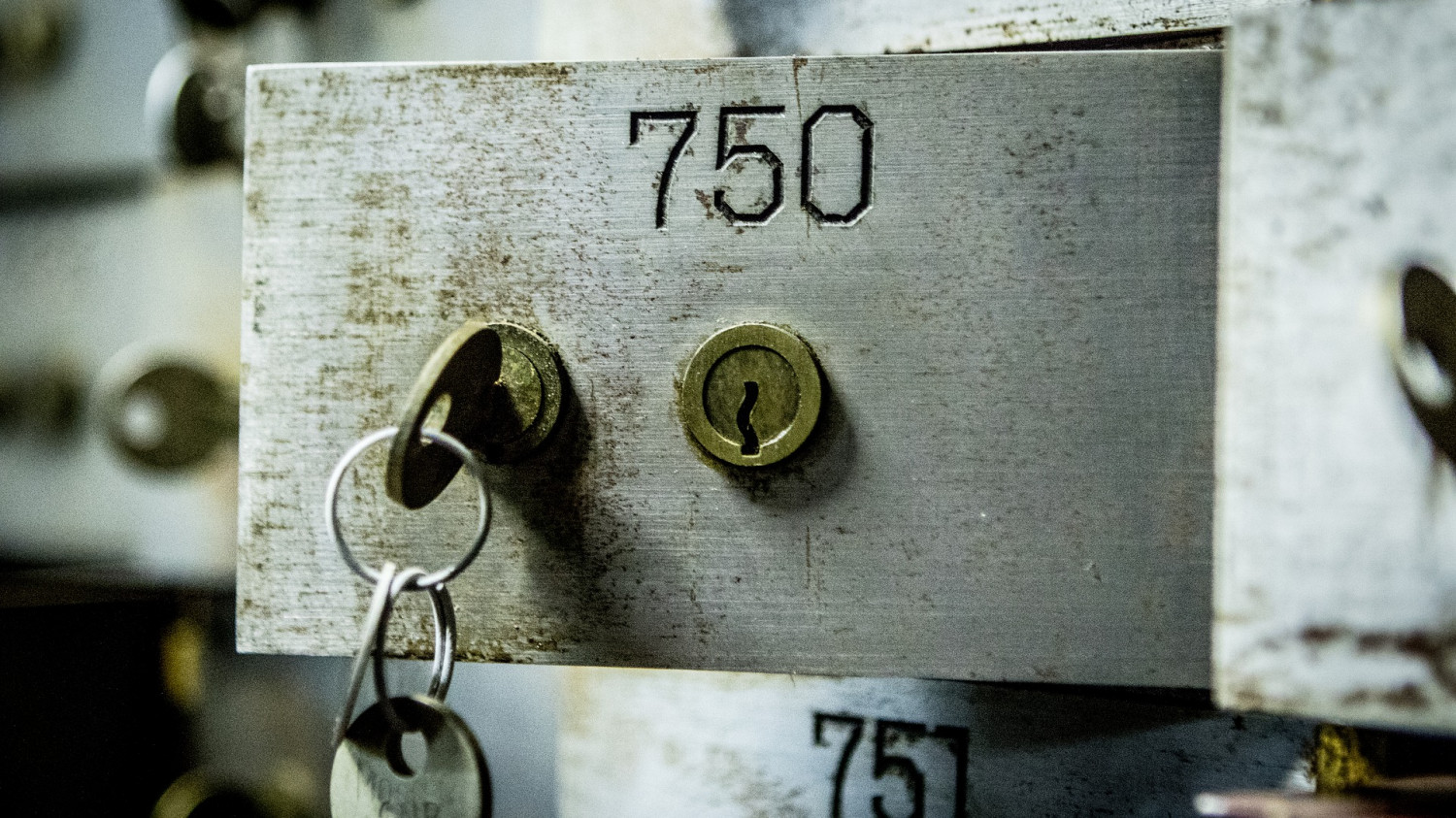
Many PCC’s are the beneficiary of trust fund income. This can arise from a variety of sources including legacies, gifts or the sale of an asset. The income generated can range from a few £’s per year to thousands of £’s. All PCC’s are pleased to receive the additional income, but fewer are aware of their responsibility as managing trustee or the options available to them should they want to access the capital of the trust.
We’ve listed below the common questions that we’re asked about trusts. If your PCC has a trust, but you don’t really know what that means, we’d encourage you to work through these pages.
When a PCC is the beneficiary of a bequest (an endowment) for a specific purpose a ‘trust’ is created. PCC trusts most often arise where a church receives a legacy from a parishioner.
Trusts fall into two categories; permanent endowments and expendable endowments. An expendable endowment is a gift or legacy which can be spent completely. A permanent endowment is a gift or legacy where only the income (deposit interest, dividends or rent) can be spent. The capital, usually cash or shares, must remain untouched to provide an income for future generations.
When a trust is created, the beneficiary appoints trustees. In the case of church trusts, this is most often either the PCC or the ‘Vicar and churchwarden(s)’. The trustees manage the assets of the trust, and ensure that the original benefactors wishes are followed. In Hereford Diocese, the majority of PCC trusts relate to the upkeep of graves, churches, churchyards, bells and organs.
Hereford Diocese Board of Finance (HDBF) is, in most cases the ‘Custodian Trustee’ of church trusts. Church law stipulates that all permanent endowments must be vested with the Diocesan Board of Finance (as custodian trustee), with the PCC or Vicar & churchwardens being the ‘managing trustee’.
The following summarises the main differences between a Custodian trustee (the Diocese) and managing trustees (normally a PCC):
Custodian Trustee
- Has no power to make management decisions
- Must act on the lawful instruction of the Managing Trustee unless a breach of trust has been identified
- Legally the registered owner of the asset(s) of the Trust but not the beneficial owner
- Custodian of the documents - all legal paperwork associated with the assets.
- Must make all documents freely available to the Managing Trustees
- Must ensure that there is no breach of trust by the Managing Trustees
- Can charge the managing trustees for its administration services (no charge is made by HDBF to PCCs for this service)
Managing Trustee
- Must apply the Trust income (and capital if expendable) according to the donor's wishes/stipulations
- Should understand the history of the Trust and any restrictions placed on income/capital (ideally should have a copy of the relevant will/documentation)
- Must manage the Trust efficiently
- Must invest the Trust assets prudently and in the best interests of the beneficiaries (so Trustees should avoid investing in high risk shares or poor yielding cash deposit accounts)
- Maintains accounting records for all trust income, expenditure and assets
Many of our PCCs have trusts which generate a very small amount of income each year. These PCCs may wish to consider whether it might be more effective to spend the capital of the trust as well as the income. The Charity Commission will allow a PCC to do this, provided that the following criteria are met:
- The annual income of the trust is under £1,000* or
- The whole of the trust fund value is valued at less than £10,000
And - The trustees believe that the purposes of the fund could be carried out more effectively if the capital were to be spent
We’ve put together a guidance sheet that takes you through the steps that you need to take if your PCC is considering spending a permanent endowment.
The following resolution templates can be found as follows (please note that the guidance should be read prior to using these templates):
- PCC resolution for removing permanent endowment restriction - capital value under £10,000
- PCC resolution for removing permanent endowment restriction - capital value over £10,000
- PCC resolution to combine two charitable Trust Funds
*The Diocese expects PCCs to invest trust fund assets in the best interests of the beneficiaries. If a trust fund is valued at over £35,000, it would normally be generating more than £1,000 of income. If the income is lower, the trustees should consider changing the investment strategy before seeking to spend the permanent endowment.
PCC accounts should reflect each trust fund for which they (or the vicar and churchwarden’s) are managing trustee.
The income from the trust will be for a restricted purpose and should therefore be shown under a restricted fund heading. Any related expenditure should also be shown under the restricted fund heading. PCC’s should seek to set expenditure against restricted funds wherever possible. For example, if a churchyard trust allows for ‘maintenance of the churchyard’, any costs that relate to churchyard maintenance should be set against that fund first.
The statement of assets and liabilities in the PCC accounts should show the value of the trust fund assets. This would normally be a deposit account or a shareholding. Where the Diocese is the Custodian Trustee, statements will be e-mailed to each PCC showing the value of the trust assets at the year end.
The notes to the accounts should include details of each separate trust fund explaining when the gift was given, who by, the value of the original gift and any restrictions on use of income and capital.